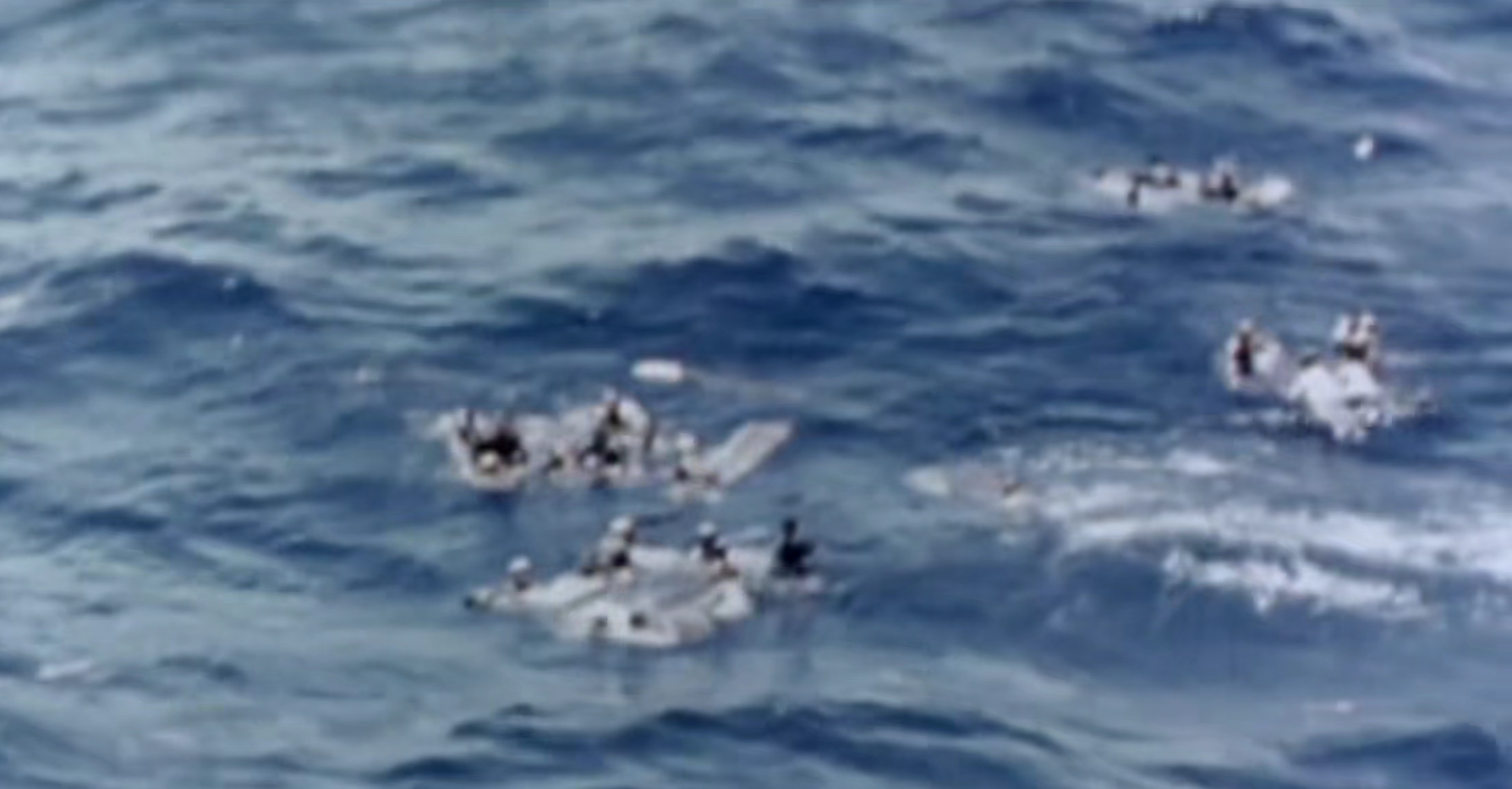Then last time, it was said that in the early morning of the 13th, two US cruisers were fought, four of them were destroyed and sunk, and the US side temporarily retreated backwards. At 10 p.m. on the same day, three Japanese cruisers, four of which were destroyed, came to Guadalcanal again to shell Henderson Airfield, preparing to provide support for the landing of troop carriers after dawn, but with little success. Planes taking off from Henderson Airfield after dawn attacked the fleet, two cruisers sank, and army red deer on the troop carrier fed the fish directly.

On the night of November 14, a fleet of 9 destroyers, led by the battleship Kirishima, heavily patrolled Kaohsiung Atago plus 2 light cruisers and 9 destroyers prepared to shell Guadalcanal again. The U.S. military sent Washington, South Dakota two new battleships and four destroyers to fight. At midnight, the Washington radar was the first to spot the Japanese fleet and immediately opened fire, but none of them hit. Then the destroyers began to fight each other, the Japanese Lingbo drove out a horse, and the torpedoes fired sunk two American destroyers on the spot, one of which sank the next day; the Lingbo was also directly sunk by the American battleship. The South Dakota's non-stop firing of guns caused the entire ship to be directly electrically pulled, and only the power system could be used. Soon south Dakota power was restored, and a counterattack was launched. But the muzzle flames ignited the seaplane at the stern, and South Dakota turned into a torch in the night and was set on fire by the Japanese ships. Washington shelled Kirishima, which was hit by 20 406 main gun shells, as well as shells from other secondary guns, and soon sank. At this time, the US fleet only had the Washington and combat effectiveness, but the Japanese commander felt that the victory was large enough, so he ordered a retreat.
At dawn, the Japanese transport fleet was again bombed by planes taking off from Guadalcanal. Another large number of army red deer were fed to the fish, and the Japanese army units on Guadalcanal were completely out of supplies. So the Japanese Navy began to towing floating barrels behind the destroyers to transport supplies, but even then the Japanese supply on the island was still far from enough. By December, the Japanese leadership decided to abandon Guadalcanal and withdraw the Japanese troops from the island.
By February 1943, the Japanese army had withdrawn more than 10,000 people from Guadalcanal. Up to now, during the entire Guadalcanal scramble, the Japanese army has sent a total of 36,000 people to guadalcanal, 1,000 captured, and 14,000 combat personnel. Thanks to the bombing of transport ships by the Migua Island Air Force, more than 9,000 people died of starvation and disease. The U.S. military has reached more than 60,000 troops on the island. In this tug-of-war that lasted for half a year, the Japanese side lost a large number of elite pilots.
At this stage, the Japanese side has completely shifted to the stage of strategic defense. In the early stage of the war, the superiority of the Navy's strength was completely eliminated with the service of the new Us aircraft carrier Essex class, which was an industrial product of the US war machine. With a capacity of up to 100 aircraft, advanced anti-aircraft firepower, and more watertight cabins.
USS Essex
Essex CV-9 entered service on December 31, 1942
Yorktown CV-10 entered service in January 1943
HMS Lexington CV-16 entered service on 17 February 1943
Big brothers, after reading it, I feel satisfied with the praise point of attention, we will see you in the next issue